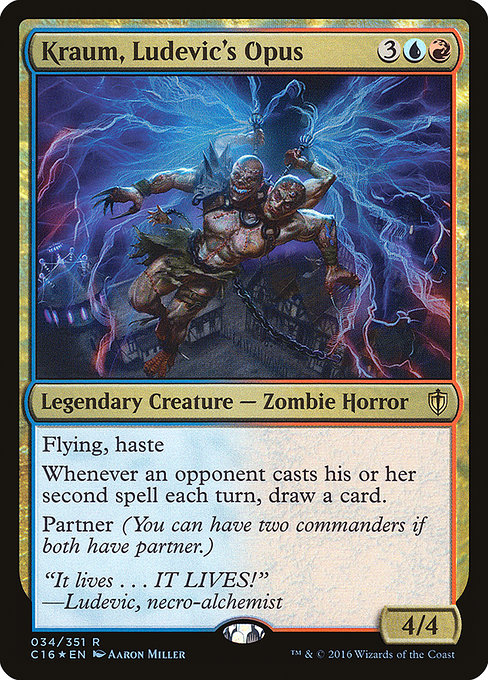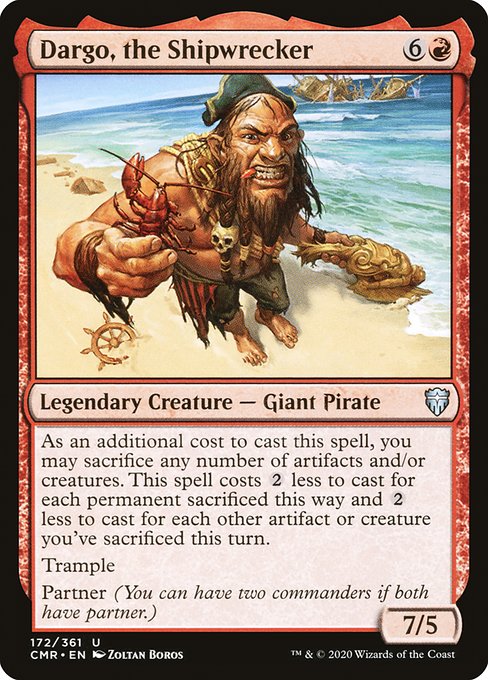Deck & Commander Strategies

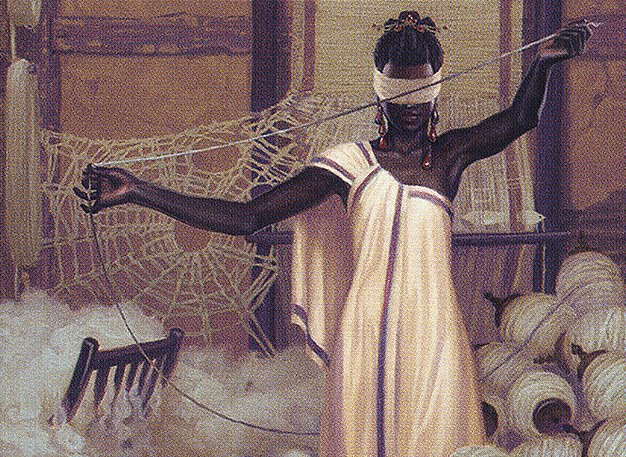
Kraum, Ludevic's Opus & Tymna the Weaver
A tempo and value-oriented deck leveraging multiple creatures for card draw and disruption, combining aggressive attacks with efficient interaction to control the board while accumulating incremental advantage.

Sisay, Weatherlight Captain
A toolbox strategy focused on tutoring legendary permanents, generating value from legendary synergies, and controlling the board through versatile answers.


Dargo, the Shipwrecker & Tymna the Weaver
Aggressive and disruptive, this deck uses Tymna's card draw from combat damage alongside Dargo's ability to deal damage and disrupt opponents’ board states, aiming to close out games swiftly.

Zur the Enchanter
Focused on tutoring and deploying powerful enchantments to lock down opponents and generate card advantage, Zur aims to control the game through efficient interaction and overwhelm opponents with enchantment synergies.
Gameplay Insights
- 1
Players used multiple copies of Rhystic Study to generate significant card advantage, creating a resource gap that influenced decision-making.
- 2
The dynamic use of steal effects on enchantments like Rhystic Study allowed players to deny value to opponents and recycle powerful effects for themselves.
- 3
Mana acceleration via artifacts and creatures was pivotal to enabling early interaction and deploying threats ahead of opponents' curve.
- 4
Bluffing and holding up interaction, especially counterspells and removal, shaped the pacing of the game and prevented reckless plays.
- 5
Coordinated attacks targeting specific players were used to reduce threats and control the board state while managing life totals.
- 6
Players demonstrated smart sequencing by delaying casting key commanders or spells until the board was more secure, avoiding premature removal.
- 7
Passing treasures and mana resources around the table facilitated the activation of abilities and spells, showcasing the importance of resource management in cEDH.
Notable Cards
-
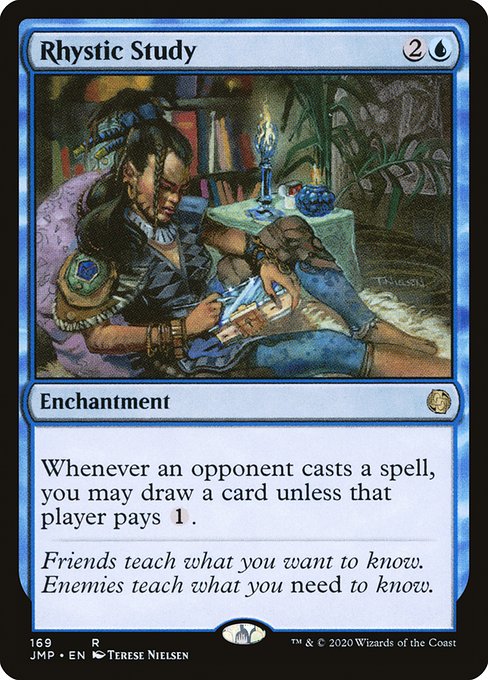
Rhystic Study
-

Arcane Signet
-
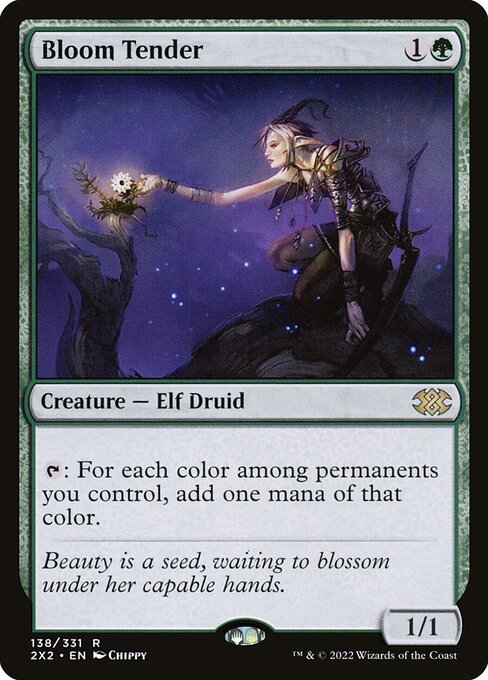
Bloom Tender
-
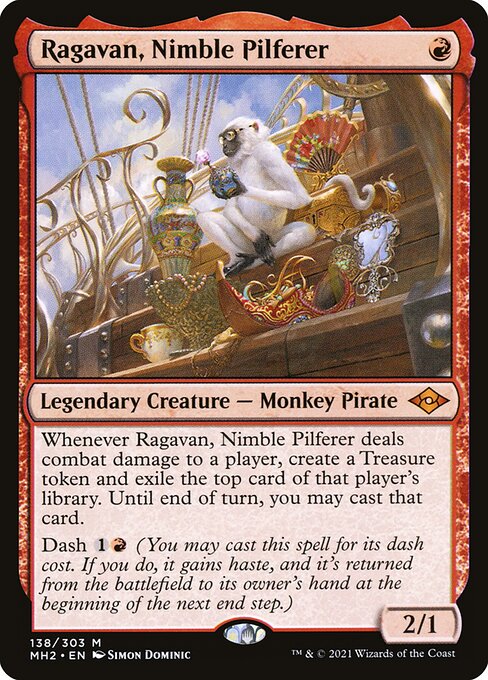
Ragavan, Nimble Pilferer
-
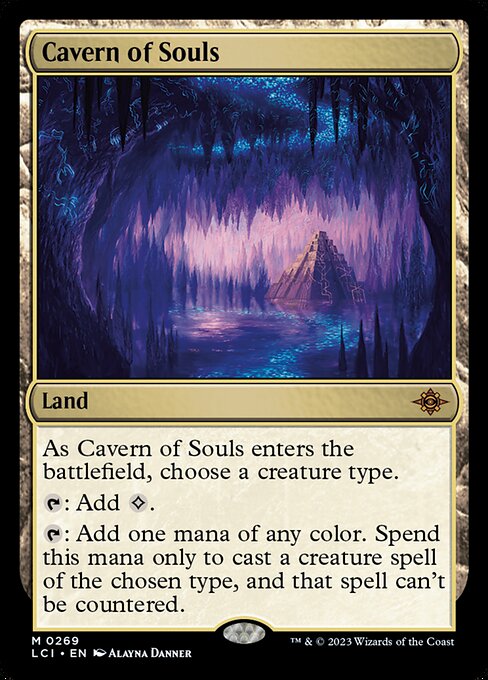
Cavern of Souls
-

Force of Will
-
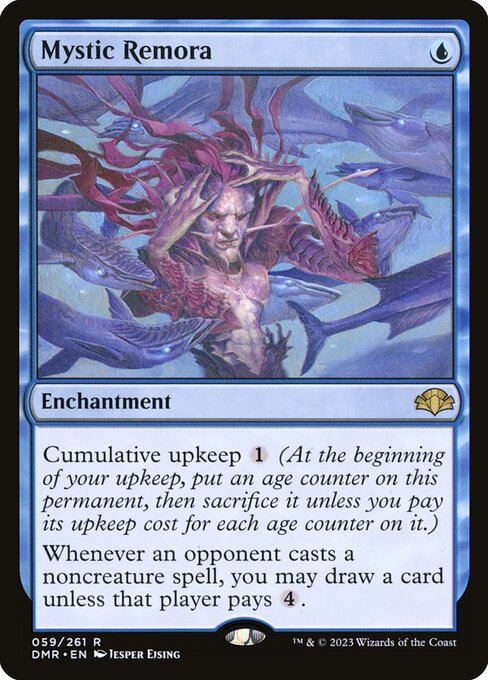
Mystic Remora
Gameplay Summary
The game began with each player setting up their mana base and early board presence, with multiple players casting mana acceleration spells like Arcane Signet, Bloom Tender, and Felwar Stone.
Early creatures such as Ragavan and Professional Facebreaker were deployed to start applying pressure.
Interaction was held cautiously as players anticipated counterspells and removal, with some bluffing to keep opponents guessing.
A key turning point occurred when players began to exchange powerful enchantments and activate card draw engines, including multiple copies of Rhystic Study, which fueled a significant card advantage and enabled more complex plays.
The stack interactions became very intense as players used various tutors and steal effects to manipulate the board and resources, notably stealing and copying enchantments to generate value and maintain control.
The game featured a dynamic flow of combat damage, targeted attacks, and steady resource accumulation through card draw, setting up for potential win conditions reliant on overwhelming opponents with value engines and lock pieces.


